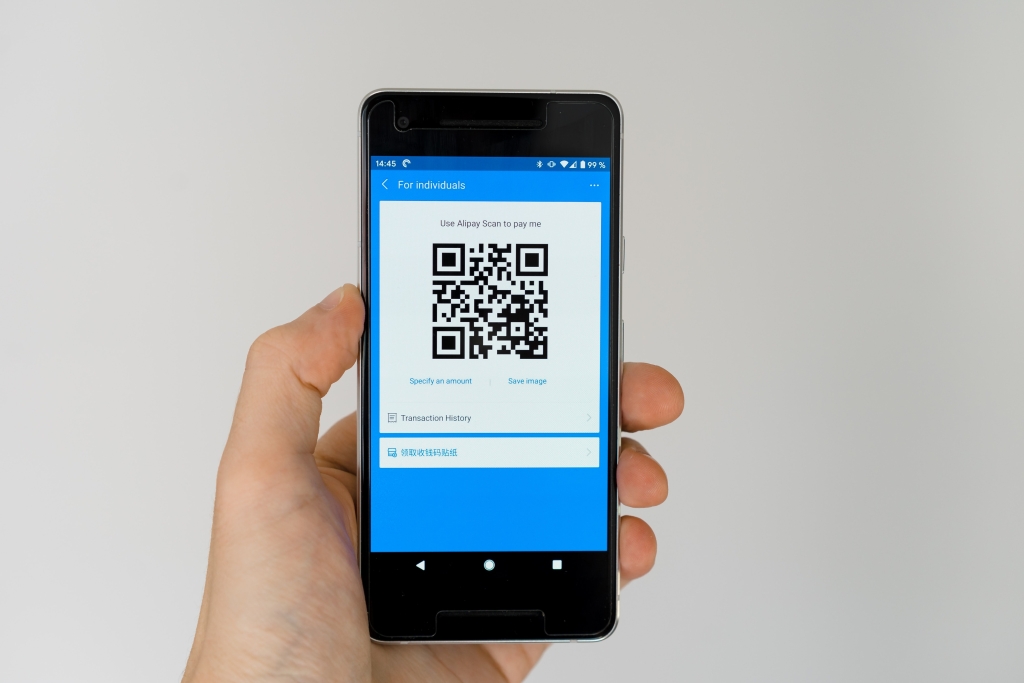As urban landscapes continue to evolve, so does the need for efficient and seamless transportation solutions. Quick Response (QR) codes have emerged as a transformative technology in the transportation sector, offering a myriad of benefits that enhance commuting efficiency. From contactless ticketing to real-time information access, this article explores the diverse ways in which QR codes are reshaping the transportation industry, making commuting more convenient, user-friendly, and environmentally sustainable.
- Contactless Ticketing Systems:
QR codes have revolutionized the way people access public transportation by introducing contactless ticketing systems. Instead of traditional paper tickets or physical smart cards, commuters can now use QR codes on their smartphones to access buses, trains, and other forms of public transport. This not only speeds up boarding processes but also reduces the environmental impact associated with paper ticketing.
- Seamless Integration with Mobile Apps:
Transportation providers are integrating QR codes seamlessly into mobile applications, allowing users to plan routes, check schedules, and make payments all in one place. Commuters can use QR codes to purchase tickets, access real-time information about delays or route changes, and even receive personalized notifications, enhancing the overall commuting experience.
- Bike and Scooter Rentals:
QR codes have become synonymous with the rise of shared mobility services, particularly in the realm of bike and scooter rentals. Users can simply scan a QR code on the vehicle to unlock it, facilitating quick and hassle-free access to alternative transportation modes. This flexibility supports last-mile connectivity, reducing dependence on private vehicles and promoting sustainable urban mobility.
- Electronic Boarding Passes:
In the aviation industry, QR codes have transformed the boarding process. Passengers can now use mobile boarding passes with QR codes, eliminating the need for paper tickets and physical check-ins. This not only reduces the environmental impact of printing boarding passes but also streamlines the boarding process, minimizing queues and enhancing overall efficiency.
- Real-Time Information and Updates:
QR codes are instrumental in providing commuters with real-time information and updates. Transport hubs, such as bus stops and train stations, can display QR codes that link to live schedules, delays, and other pertinent information. This empowers commuters to make informed decisions, plan alternative routes, and stay updated on any disruptions to their travel plans.
- Parking Solutions:
QR codes simplify parking solutions by enabling electronic payments and providing digital parking permits. Drivers can scan QR codes at parking meters or displays to make payments, eliminating the need for physical currency or cards. Additionally, QR codes on digital permits streamline parking enforcement, making the process more efficient for both authorities and users.
- Enhanced Security and Verification:
In transportation, particularly in ridesharing services, QR codes contribute to enhanced security and verification. Passengers and drivers can verify each other’s identities by scanning QR codes displayed on their respective devices. This feature enhances trust and safety in the transportation network, ensuring that users are matched with verified drivers and vehicles.
Conclusion:
QR codes are ushering in a new era of efficiency and convenience in the transportation sector. From contactless ticketing to real-time information access and seamless integration with mobile apps, the applications are diverse and transformative. As cities and transportation systems continue to evolve, the integration of QR codes is set to play a central role in creating smarter, more accessible, and environmentally sustainable commuting solutions for people around the world.

